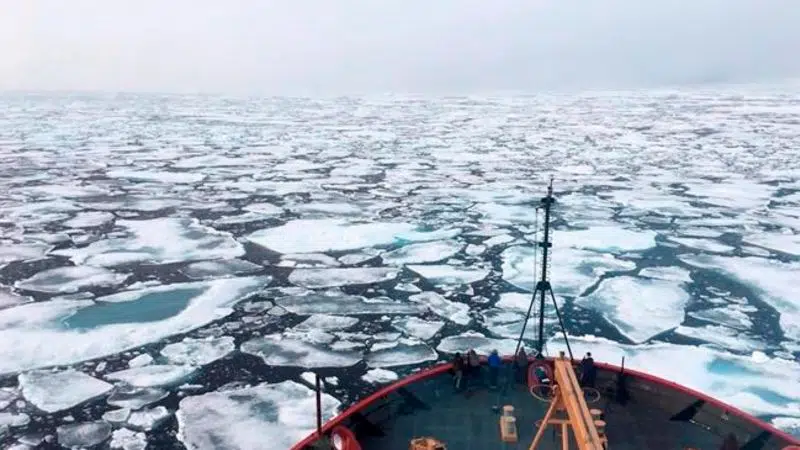
Greenhouse gases causing Canadian Arctic seas to acidify quicker: report
Greenhouse gases are acidifying Canada’s Arctic waters at a faster rate than anywhere else in the North, says a report presented earlier this week at a meeting of the eight countries that ring the Arctic Circle.
The summary tabled for policy-makers at the Arctic Council meeting is based on research that predicts the Beaufort Sea off Canada’s northwest coast will be corrosive enough within a decade to make it hard for animals such as clams or crabs to create shells.
That’s expected to spread east, with similar impacts in Baffin Bay, by mid-century.


